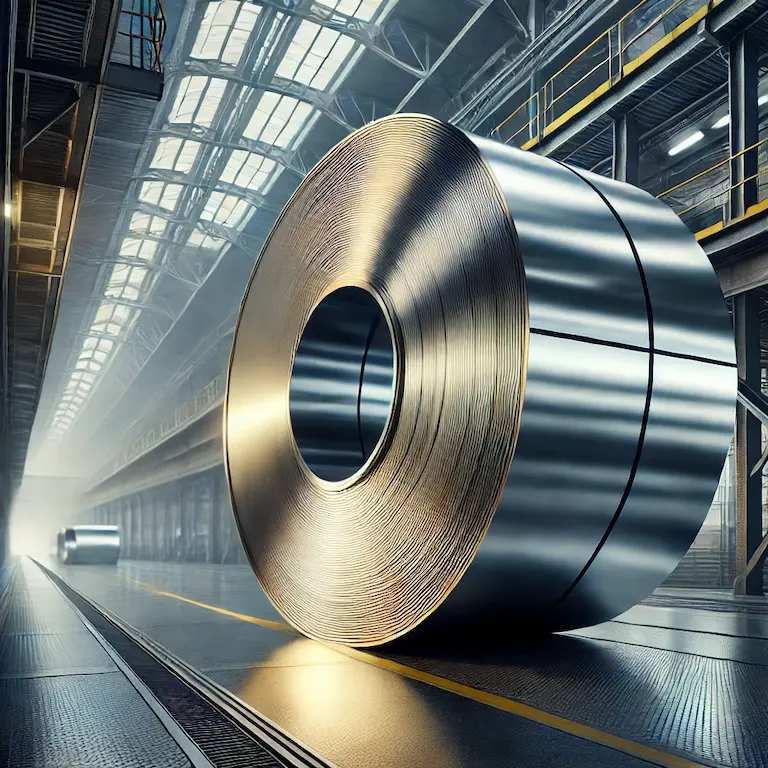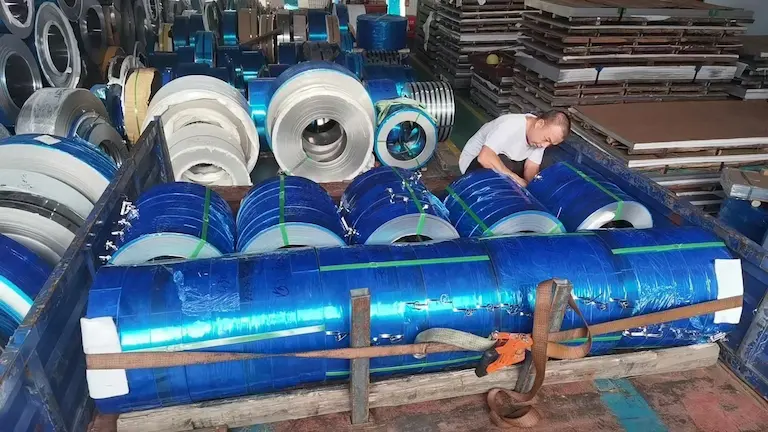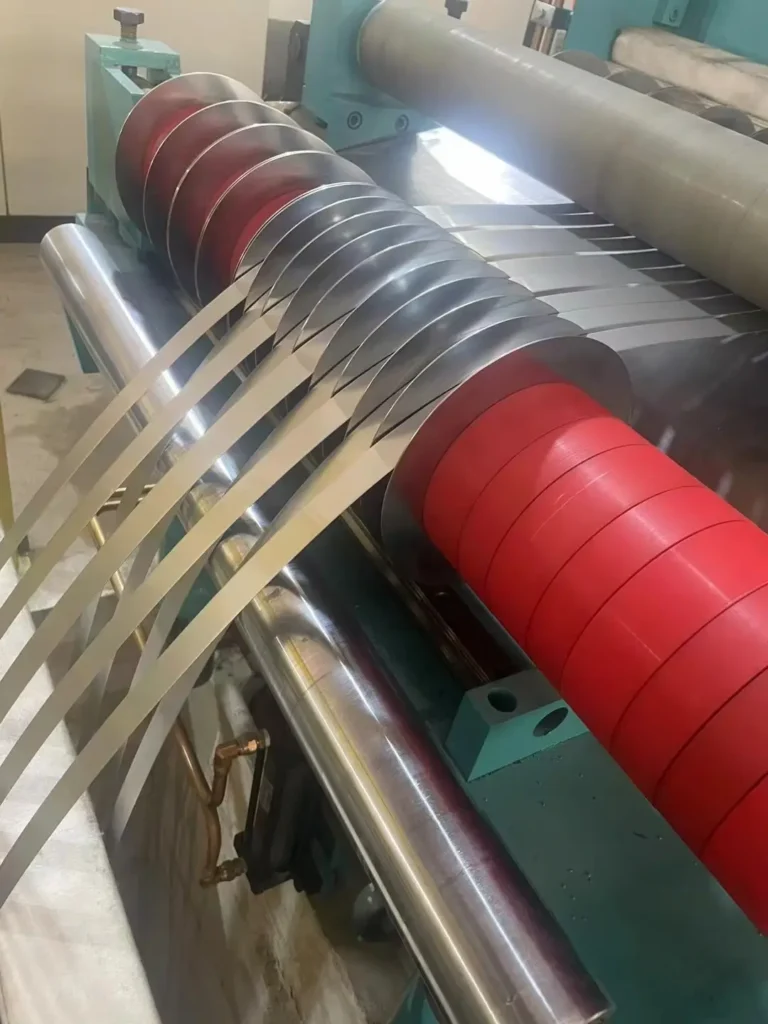AISI 316L Stainless Steel, Everything You Need To Know

Ewan Liao

AISI 316L is basically the lower Carbon version of AISI 316, and it is also one of the most common austenitic stainless steel widely used by consumers. In fact, AISI 316L is one of YAOYI’s best selling stainless steel.
But before making that purchase decision, it is essential that you know every bit of detail you can get about AISI 316L for you to know it is the right stainless steel for your projects. But first, let’s go through the fundamentals.
Material Testing After You Place An Stainless Steel Foil Order
Hardness Testing
Ingredient detection
Tensile Strength Test
Table of Contents
Definition of Stainless Steel
So what is stainless steel? The difference between steel and stainless steel is that stainless steel contains Iron and Carbon. Stainless steel primarily holds Chromium, which is a common element among stainless steel. Chromium is also responsible for its smooth finish and ability to resist corrosion.
In constructions, stainless steel is regularly used because of its durability and longevity which is ideal for applications that involve various temperatures, environments, and chemical exposure. Stainless steel is commonly used in sensitive industries as well such as food industries and pharmaceuticals since the risk of contamination is low on stainless steel.
read more about the :How to Buy Stainless Steel Coil Springs Raw Material?
What is Steel Grade?
Steel grade is the classification of stainless steels based on their unique mechanical properties and chemical composition. Steel grade is also considered a measurement or way to categorize different types of steel which means that every type of steel is unique.
This is because each type of steel has different elements that the other type does not have. The A316L is a molybdenum-austenitic stainless steel, which makes it more resistant to corrosion than chromium-nickel austenitic stainless steel like the AISI 304.
Molybdenum makes A316L ideal for chemical equipment as it can withstand elements that corrode chromium-nickel austenitic stainless steel. For marine equipment, pharmaceutical manufacturing equipment, and kitchenware, A316L is commonly used for these as well.
What does the letter “L” mean in AISI 316L?
The letter “L” in AISI means low Carbon. In other words, it has a low percentage of Carbon in its alloy or chemical composition, which is less than or equal to 0.03% of its mass.
What does AISI Stand For?
AISI stands for American Iron and Steel Institute. AISI is responsible for standardizing the numbering system for steel we have today with the collaborative effort of the Society of Automotive Engineering (SAE).
What is AISI 316L?

A316L is a molybdenum-austenitic stainless steel that contains superb elements that effectively resist corrosion. It is a versatile stainless steel used for many projects that involve extreme temperatures, chemical exposure, and many more.
AISI 316L Mechanical Properties
Here are the details of the AISI 316L Mechanical properties. Should you require a comparison table for steel Mechanical Properties, you can find it here in YAOYI’s table of Mechanical Properties.
HV Hardness
HV Hardness or the Vicker Hardness Test was founded in 1921 by Robert L. Smith and George E. Sandland at Vickers Ltd to measure the hardness of materials.
The AISI 316L’s HV Hardness is ≦ 200 HV.
MPA Yield Strength
Yield strength refers to how much stress the stainless can handle before deformation is produced.
The yield strength of the AISI 316L is ≧175 which is a decent amount and is certainly not the weakest yield strength for stainless steel.
MPA Tensile Strength
Tensile strength is the amount of stress a type of steel can handle before it starts to break down or get damaged. It is the resistance to the tension that is caused by mechanical loads to the material.
The tensile strength of the AISI 316L is ≧480. This amount shows that the AISI 316L is capable of many projects since it can handle quite the tension.
Elongation
Elongation refers to how much a stainless steel can stretch from its original length, and this is rated through percentage.
For the AISI 316L, the elongation is ≧40.
Comparison of Stainless Steel Standards in Different Countries
AISI 316L Chemical Composition
By now you have learned that A316L is a molybdenum-austenitic stainless steel. It has 2%- 3% Molybdenum and here are the other elements that it contains.
• Manganese 2.0%
• Silicon 0.75%
• Phosphorous 0.045%
• Sulfur 0.03%
• Chromium 16.00% -18.00%
Molybdenum is responsible for the corrosion resistance protection it has, and it also increases the hardness, toughness, and tensile strength of the AISI 316L.
The Guide Of American Stainless Steel Tube Standard
Common Uses for AISI 316L
AISI 316L is not only limited to constructions. A316L is capable of withstanding aggressive environments which is why it is no surprise that they can be used in the following:
Chlorine Environments
Because it has excellent corrosion resistance, chlorine environments are not something to be concerned about. This is also one of the main reasons why the chemical and petrochemical industry uses AISI 316L stainless steel.
Pharmaceuticals
Pharmaceutical applications involve A316L stainless steel because it is corrosion resistant, and it is easy to clean and process. The AISI 316L is the most used steel grade in pharmaceuticals and it is also considered as an industry standard.
Marine applications
Since A316L has Molybdenum, it has greater resistance to pitting corrosion compared to other stainless steel that does not have Molybdenum.
Architectural applications
It is known that in corrosive locations, Architects will choose stainless steel that contains a high amount of Molybdenum because of their enhanced corrosion resistance.
Medical implants
The AISI 316L stainless steel is commonly used in surgical procedures to replace biological tissue or as an alternative to help stabilize biological structure. Adding chromium to the stainless makes the steel corrosion resistant.
Is AISI 316L Durable?
The AISI 316L stainless steel is commonly used in surgical procedures to replace biological tissue or as an alternative to help stabilize biological structure. Adding chromium to the stainless makes the steel corrosion resistant.
Is AISI 316L Good for Outdoors?
Yes, they can handle the shifting temperatures of our climate and when kept in the best condition, AISI 316L will continue to be clean and reflective. So, with a little maintenance involved, the A316L will still look pristine for a long period of time.
Is AISI 316L Magnetic?
AISI 316L stainless steel belongs to the non-magnetic category of austenitic stainless steel. Meaning, the A316L shows weak magnetic properties.
Is AISI 316L Better than 316?
The easy choice here is the AISI 316L over the AISI 316 simply because the A316L can be applied in high corrosion and high temperatures since it contains less carbon. When it comes to intergranular corrosion, the AISI 316L wins again because its welds will not decay.
The Difference between AISI 316L and AISI 316

TheI 316 stainless steel is a widely used alloy that possesses molybdenum, which is an element that provides enhanced resistance to corrosion from chloride and other acids. This makes it great for outdoor applications in marine environments and as well environments that have chloride exposure.
The 316 stainless steel has different variants including the 316L. The AISI 316L has less Carbon and Molybdenum than the AISI 316. This is what distinguishes two alloys from one another.
The AISI 316L is commonly chosen over the AISI 316 because of its superb resistance to higher corrosions and high temperature applications, the low amount of Carbon has a lot to do with this.
Nonetheless, these two types of steel are still considered marine-grade steels.
It’s just that it has its own unique characteristics as well. Depending on how you plan on using it for your projects, for enhanced resistance, the A316L is the better choice.
In terms of Cost, the price of the AISI 316 and AISI 316L is approximately the same. They are both used in wide varieties by industries with different purposes. For constructions, the 316 is primarily used in constructions and infrastructure because of its tensile strength.
The AISI 316 is still a good choice and it still has corrosion resistance and resistance to pitting. Depending on what your project is, the appropriate choice for extra protection would be the AISI 316L.
Read more about the AISI 316 VS 316L
Advantages and Disadvantages of AISI 316L
Here are the key advantages and disadvantages of A316L, although this depends on how you plan to use it and what project it is for, these factors are worth considering before you make a purchase decision.
Corrosion-resistant
The AISI 316L Stainless steel is adaptable to a variety of climate conditions and corrosive environments. Generally speaking, the A316L outperforms the AISI 304 when it comes to corrosion resistance.
However, it is subject to pitting and crevice corrosion in warm chloride environments, and to stress corrosion cracking above 60 °C. They are considered resistant to potable water as well with up to 1000 mg/L chlorides at moderate temperatures, reducing to about 500 mg/L at 60 °C.
This is why A316L is regarded as the standard marine grade stainless steel, but this does not mean it is resistant to warm seawater.
Excellent in a range of atmospheric environments and many corrosive media – generally more resistant than 304. Subject to pitting and crevice corrosion in warm chloride environments, and to stress corrosion cracking above about 60 °C. Considered resistant to potable water with up to about 1000 mg/L chlorides at ambient temperatures, reducing to about 500 mg/L at 60 °C.
316 is usually regarded as the standard “marine grade stainless steel”, but it is not resistant to warm seawater.
Heat-resistant
The AISI 316 stainless steel has good oxidation resistance in intermittent service of up to 870 °C – 925°C. However, using it continuously in temperatures ranging between 425°C – 860 °C is not advisable.
When it comes to AISI 316L, it has more resistance to carbide precipitation and it can be used above the temperature range.
Welding
The AISI 316L stainless steel has an outstanding weldability by all standard fusion and resistance methods, with or without filter metals. AISI 316 requires post-weld annealing for maximum corrosion resistance, whereas the A316L does not go through this process.
It is important to keep in mind as well that the AISI 316L is not weldable using oxyacetylene welding methods.
Machining
AISI 316L is easier to machine compared to the AISI 316 because of its lower carbon content.
However, A316L has a possibility of hardening if machined too quickly. This is why it is better to machine it at lower speeds and constant feed rates.
Can go through Hot and Cold Working
AISI 316L can be hot worked, meaning it can be operated in optimal hot working temperatures between 1150-1260 °C. It is recommended to process post-work annealing as well to induce the maximum corrosion resistance.
Cold working operations such as drawing, shearing, stamping, etc. can be done on the A316L with little to no issues at all. Post-working is still recommended, this is to remove internal stress.
Does not Harden
The AISI 316L stainless steel does not harden when it is going through heat treatments. When it comes to cold working, it can be hardened, which can also increase the steel’s strength.
Disadvantages
This is the main disadvantage of the AISI 316L stainless steel.
Warm Chloride Environments
AISI 316 is weak in warm chloride environments, which is why it is subject to pitting and crevice corrosion. This can heavily damage the stainless steel in the long run. It is recommended to not use A316L in warm chloride environments.
Your best Chinese manufacturer of SS301
Conclusion
In conclusion, if you are looking for a more secure choice, choose the AISI 316L over the AISI 316. It has a stronger protective resistance, and it is versatile. It is very clear that the A316L is the superior choice here as it has more attributes than the AISI 316, and it can handle harsh environments better.
